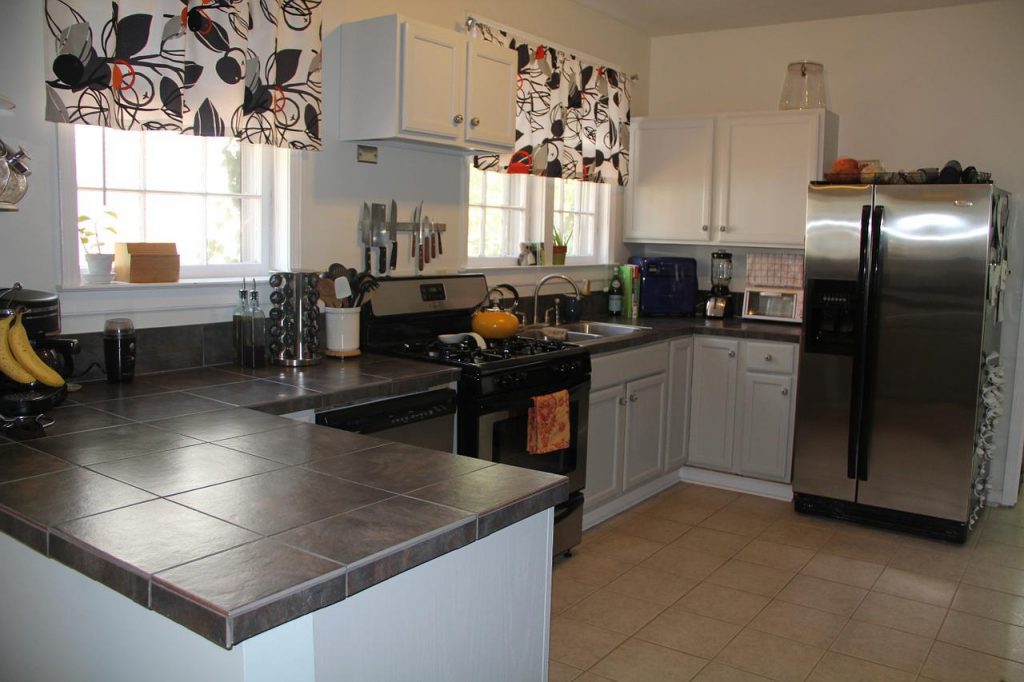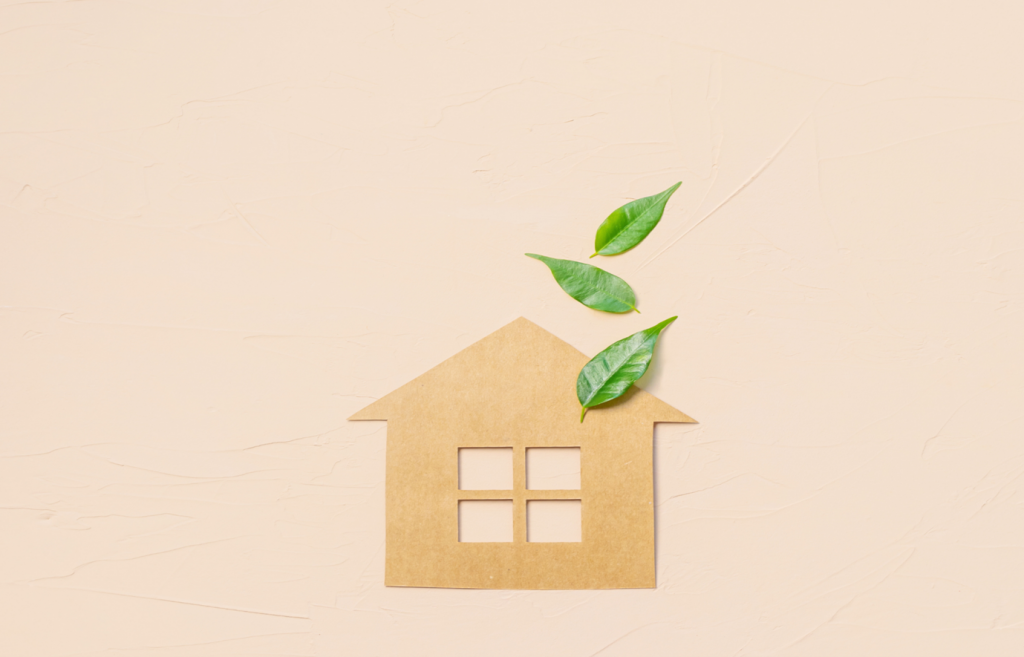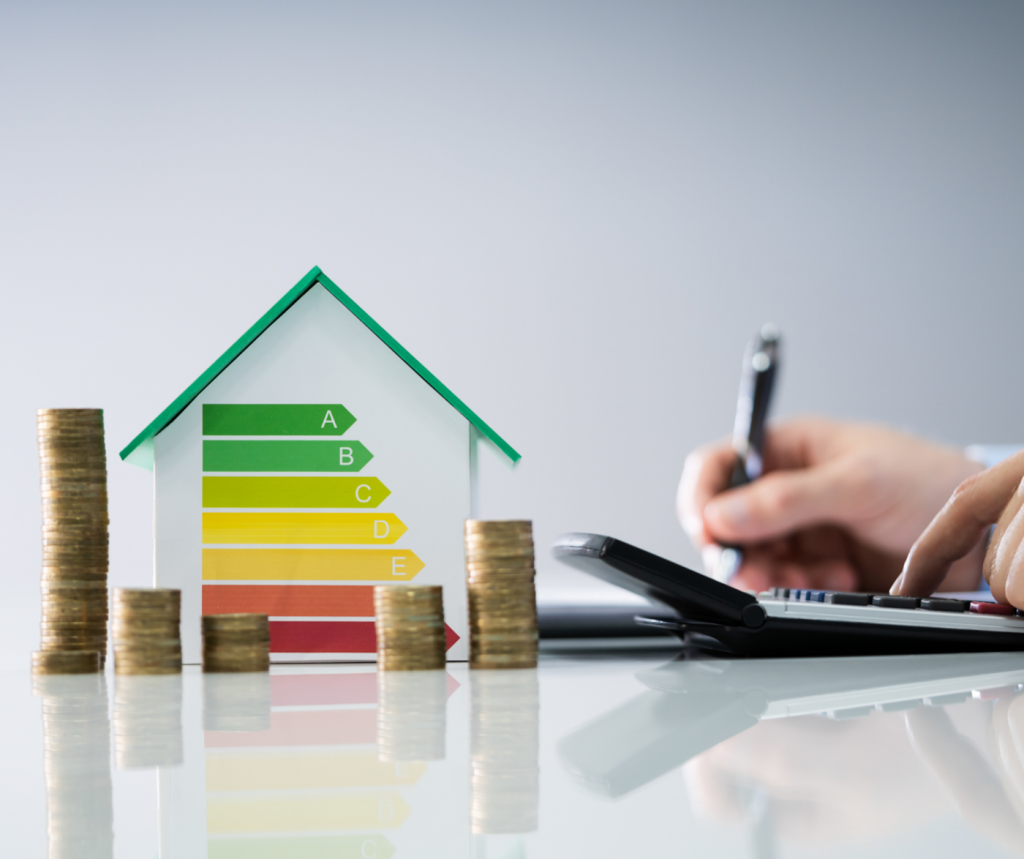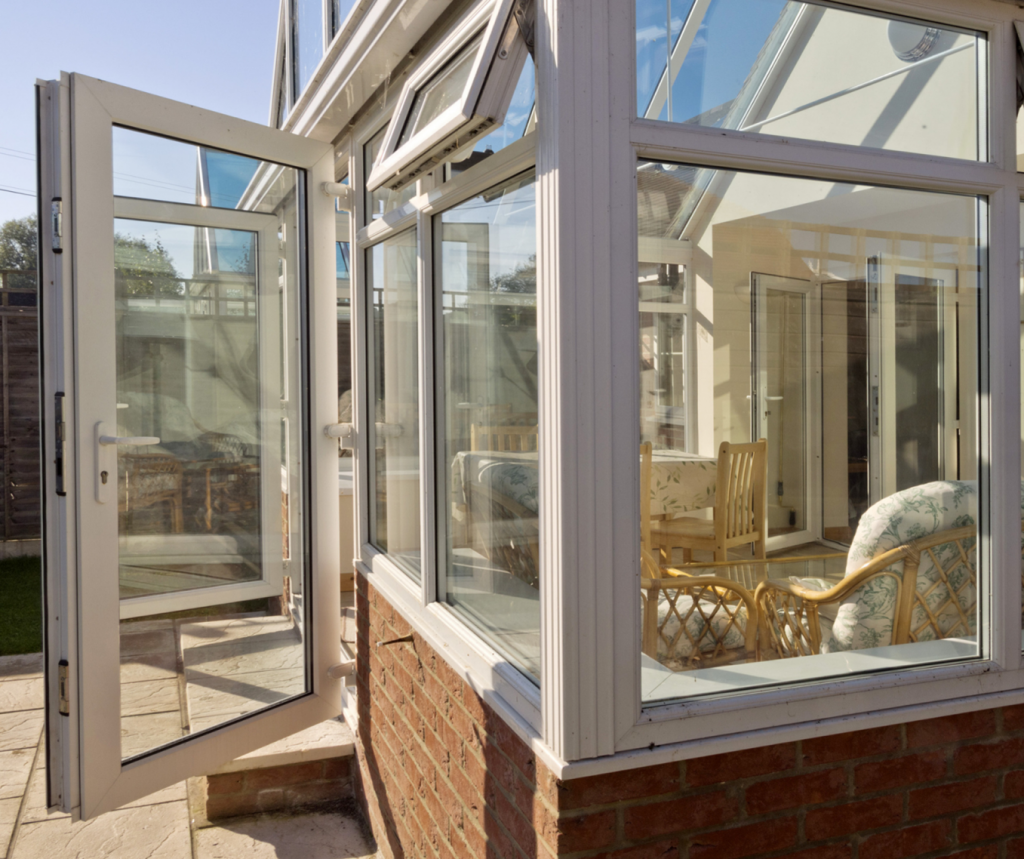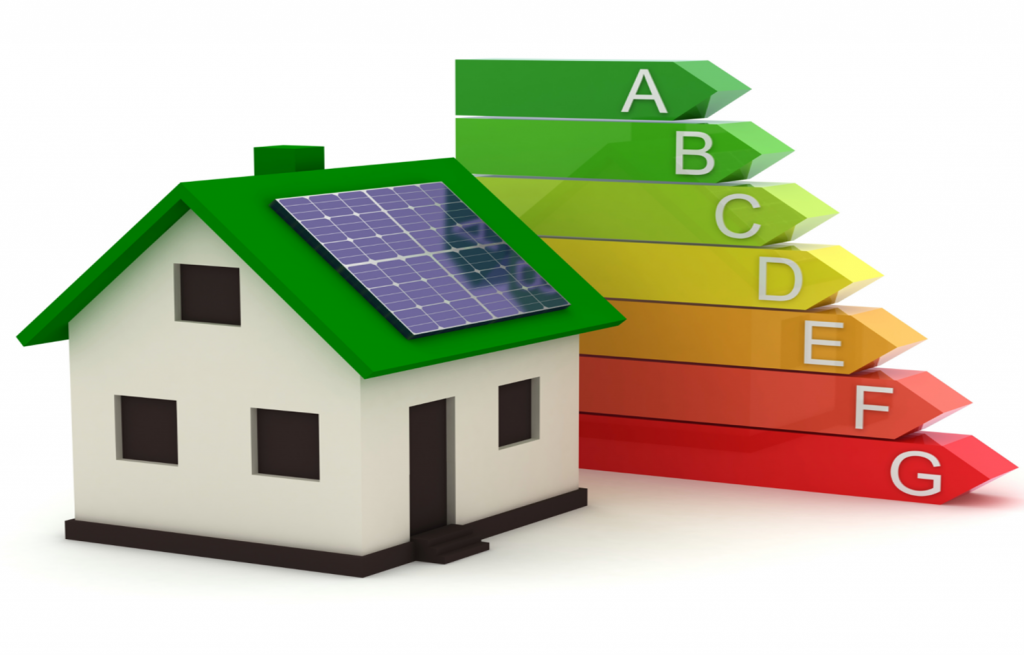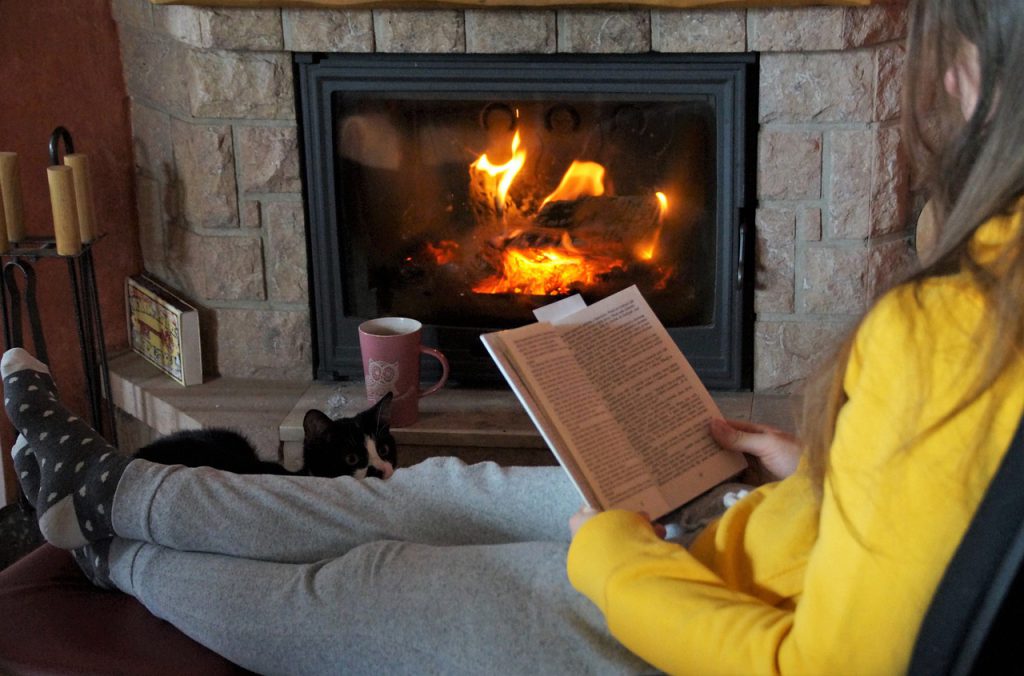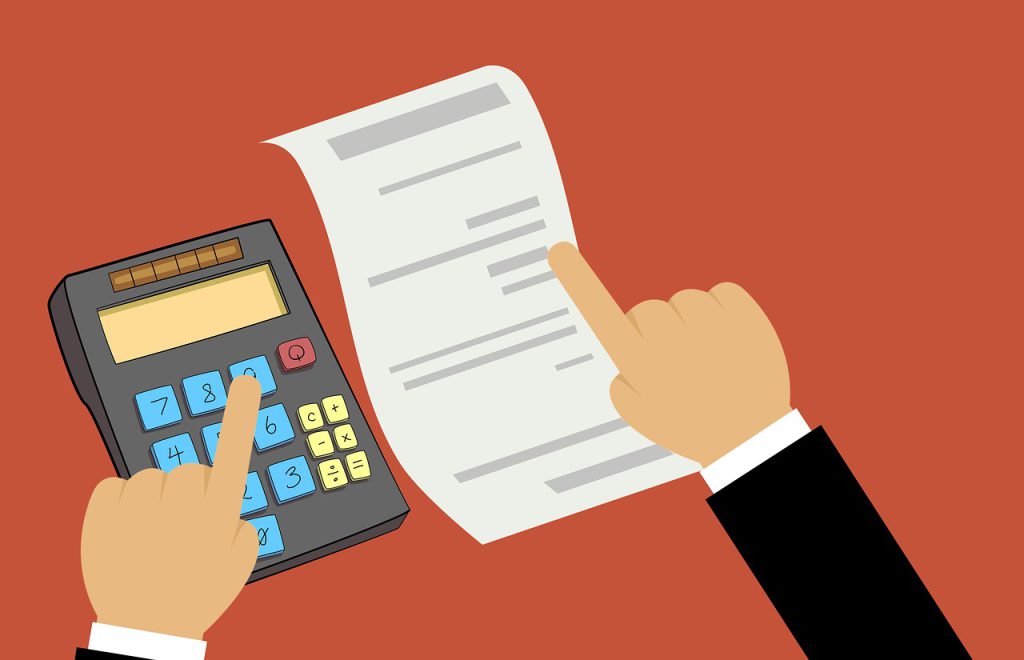7 Appliances Can Help Beat The Cost of Living Crisis
The ever rising cost of living is continuing to affect the masses. Household energy prices, fuel costs and the price of essential items are all drastically increasing, leading to stretched budgets and struggling households. It’s important that we continue to implement energy-saving solutions in order to combat the energy bills rising and reduce our carbon emissions. From boilers to fridge freezers and double glazed windows, there are many energy saving solutions, appliances or features for each household. It is predicted that the cost of living crisis will become more of an issue as we approach autumn. This is when the colder weather will return, and homeowners will have no choice but to turn up their heating. According to news, Energy company bosses have called for more necessary action to be taken prior to the autumn/winter months with to potentially ease the cost of living crisis. It is expected that the number of customers will be forced into debt, because it is likely that their energy costs will rise by a huge 50%. The rise of energy bills will also be likely to cause anxiety and mental health amount particular homeowners, which is a crisis in itself that needs to be addressed. The government have mentioned a few potential solutions that could help homeowners to reduce the burden on energy bills, such as removing VAT on gas and electricity, extending energy grant schemes and providing low-income households with discounts. Whether these strategies will counteract the effects of inflation, we cannot predict. However, there are some changes that we can make now towards an eco-friendly home and lifestyle that will ultimately contribute towards lower energy bills. Contents • The Boiler• Fridge/Freezer• Dishwasher• Oven• Washing Machine• Home HeatingOther tips include:• The Boiler One way to drastically reduce your overall cost of living is by replacing your boiler. Old housing often comes with separate un-insulated tanks for heating your water. They can take up heaps of energy and lead to energy bills rising. When you are house hunting or looking for a new boiler, understand the different types of boilers and identify which will save you the most money. Combi boilers are generally the most energy efficient with the most efficient heating set up for your home, but be sure to consider the advantages of other boiler types. • Fridge/Freezer The fridge freezer is the second most energy consuming appliance within the home, meaning that your cost of living will increase massively. This is simply because they must stay plugged in all the time. The only way to reduce this cost is by replacing your fridge/freezer with a higher energy rating to reduce your monthly energy prices. This may be an investment now, but will save you heaps in the long term. • Dishwasher A dishwasher does save on water consumption. However, because it is an appliance which is used so much within a family household, the energy consumption is still incredibly high. You will notice your energy bills rising. This is because a family will use a lot of dishes each day, increasing the cost of living. If you reduce the amount of dishes that you use, this will reduce your energy consumption by almost half and this will reflect bills positively on your monthly for both energy and water. It’s important to also consider that a dishwasher isn’t an essential. Banish the dishwasher or completely opt for traditional hand washing up instead! This will save you lots of energy and money on utility bills. • Oven If you love baking or if you enjoy regular foiled meals, you will find that you are using your oven quite a lot. Your oven has the potential to use about £9.36 of electricity within a month. This may not seem like a huge amount compared to other bills, but imagine the difference that this could make annually to your cost of living expenditure. It may seem like a simple solution, but you can easily reduce your oven’s energy bills rising by putting two dishes into the oven at a time. Consider batch cooking or reheat your food in a microwave as this will use much less energy than an oven. • Washing Machine Did you know that washing machines use double the energy that kettles do? All you need to do to stop energy bills rising is to wash your clothes at a lower temperature to help drive your cost of living energy prices down. AAs low as 30 degrees should be enough to kill the bacteria. Remember to use the sunny seasons of spring and summer to hang your clothes out to dry. Making use of natural sources is the best way to save on your energy bills. • Home Heating If you really want to beat the UK energy crisis, reduce your cost of living and drastically reduce your energy bills, then the best way to do it is to reduce your home’s heating. Work on changing your habits with the help of a smart metre, then consider switching to renewable energy and replace your boiler. Another cost-effective way to reduce your energy consumption is the installation of energy-efficient double glazing for windows and doors. Thermally efficient windows and doors will help to maximise heat retention and reduce heat loss, effectively helping you to make the most of the energy you have. This means that you won’t need to turn up your heating even more. If you’re running low on money at the moment but still think that energy efficient home improvements would be the best solution for you, there is no need to worry! We have extensive funding options for you and your home, meaning that you could be eligible for a free double glazing window and door installation! The appliances which are mentioned above require lots of energy to work properly. However, the main source of energy consumption is your home’s heating system. This is exactly why choosing an A Rated energy efficient boiler and considering the installation of double
7 Appliances Can Help Beat The Cost of Living Crisis Read More »
